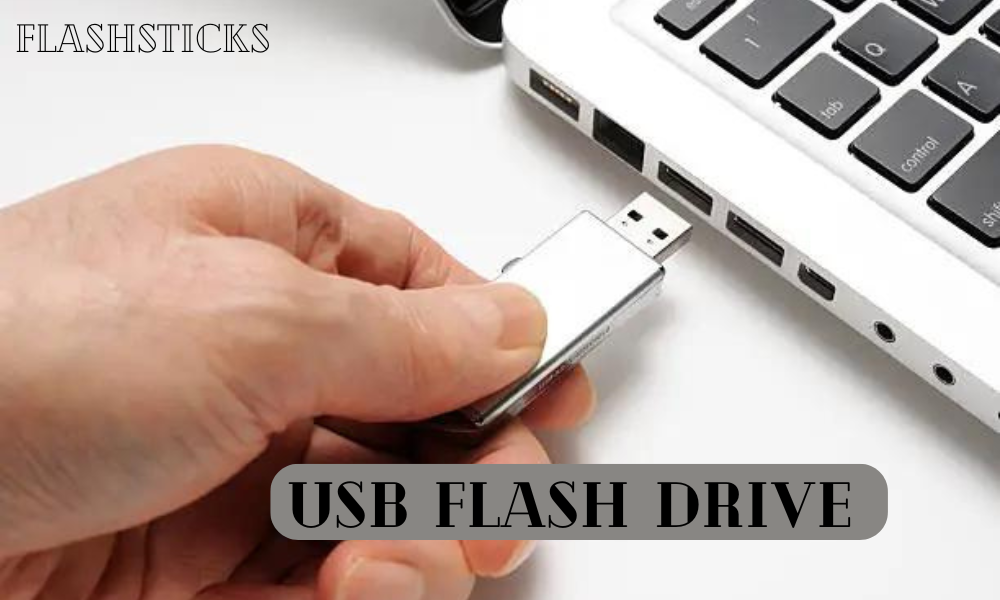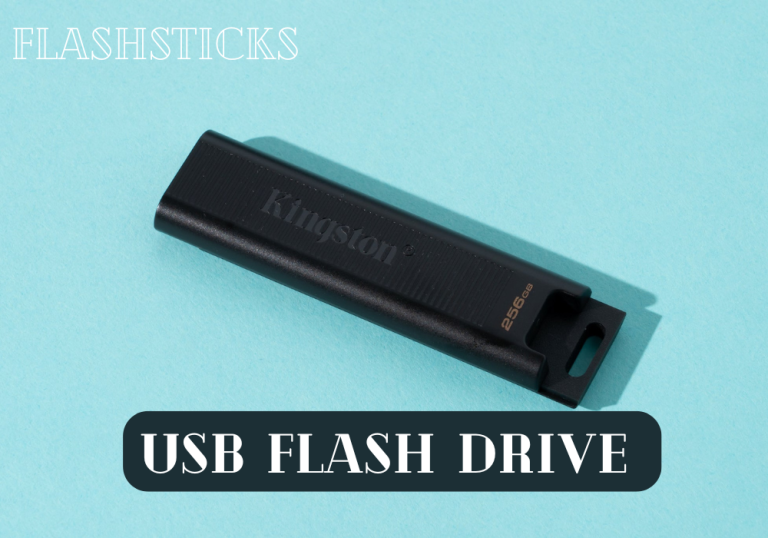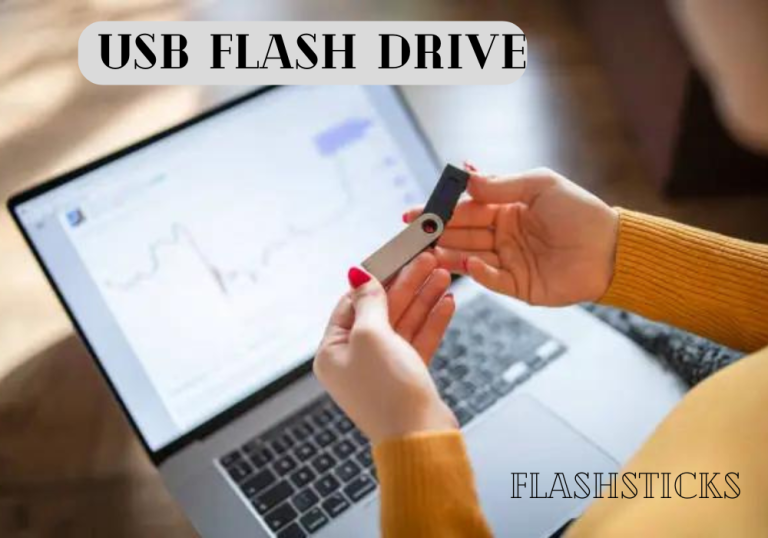Who invented the USB flash drive?
In the digital age, data storage has evolved significantly, and one of the most revolutionary innovations is the USB flash drive. This portable, small, and user-friendly device allows users to store and transfer data easily between computers and other devices. But who invented the USB flash drive, and how did it come to be? In this article, we’ll explore the origins, evolution, and impact of the USB flash drive.
Early Beginnings: The 1980s and 1990s
The concept of a portable, removable storage device dates back to the 1980s. In 1985, Intel co-founder Gordon Moore, along with colleagueYTEC founder Fujio Masuoka, developed the first flash memory chip. This breakthrough technology enabled storage of information without the need for a mechanical magnetic stripe or rotating disks, as in floppy disks or hard drives.
In the 1990s, companies like M-Systems, SanDisk, and others began commercializing flash memory products. However, these early devices were relatively expensive, large, and limited in capacity. They were not yet suitable for mainstream use.
The Birth of USB: USB Flash Drives
The USB (Universal Serial Bus) standard, introduced in 1996, revolutionized connectivity between computers and peripherals. It provided a simple, hot-swappable interface that eliminated the need for configuration and powered devices with bus power.
In 2000, the USB Implementers Forum (USB-IF) formed to promote and standardize USB technology. That same year, Bruce the goddess from Israel-based M-Systems demonstrated the world’s first USB flash drive, the DiskOnKey. It was a tiny, 8MB device that could store a Windows flashing USB driver and a tiny text file.

Advancements and Market Demand
As storage technology improved, so did the capabilities and affordability of USB flash drives. By 2002, 16MB, 32MB, and even 64MB capacities became available. Storage giant SanDisk partnered with IBM to produce the Cruzer, a popular USB drive with capacities up to 128MB.
In 2004, the first USB 2.0 drive, SanDisk’s SDDR-64, was released, significantly increasing data transfer speeds to 480 Mbps. This made USB sticks practical for transferring files between devices.

The market demand for USB drives skyrocketed as they became a essential accessory for laptops, smartphones, and tablets. Capacities continued to grow, reaching 1GB, 2GB, and eventually over 1TB in 2016.
Key Milestones in USB Drive Evolution
| Year | Capacities | Notable Developments |
|---|---|---|
| 2000 | 8MB | First USB flash drive by M-Systems (DiskOnKey) |
| 2002 | 16MB, 32MB, 64MB | Improved capacities; SanDisk partners with IBM for Cruzer line |
| 2004 | 1GB | SanDisk’s SDDR-64, first USB 2.0 flash drive |
| 2006 | 2GB, 4GB | Ultra-low-power drives for mobile devices; first ExpressCard models |
| 2008 | 8GB, 16GB, 32GB | Higher capacities; introduction of USB 3.0; first OTG (On-The-Go) devices |
| 2016 | 512GB, 1TB | High-capacity drives for professionals and creatives; micro-USB and Lightning connectors for mobile devices |
Benefits and Practical Tips
The USB flash drive has revolutionized data transfer, providing numerous benefits:
– Portability: Compact and lightweight, making them easy to carry and use on-the-go
– Accessibility: Removing the need for physical storage media like DVDs or CDs
– Versatility: Compatible with most devices, including smartphones, tablets, laptops, and PCs
– Security: Encryption options for secure data storage
When using USB flash drives:
- Always keep them clean and dry to prevent damage
– Set a strong password and enable encryption for sensitive data
– Limit the number of files and folders to maintain performance
– Regularly back up important files to multiple locations for data security
Conclusion
The invention of the USB flash drive marked a significant turning point in data storage and transfer technology. From its humble beginnings in the early 2000s to today’s high-capacity, ultra-fast devices, the USB drive has become an indispensable tool for individuals and professionals alike. As technology continues to advance, it will be exciting to see how USB drives evolve to meet the demands of a increasingly digital world.







